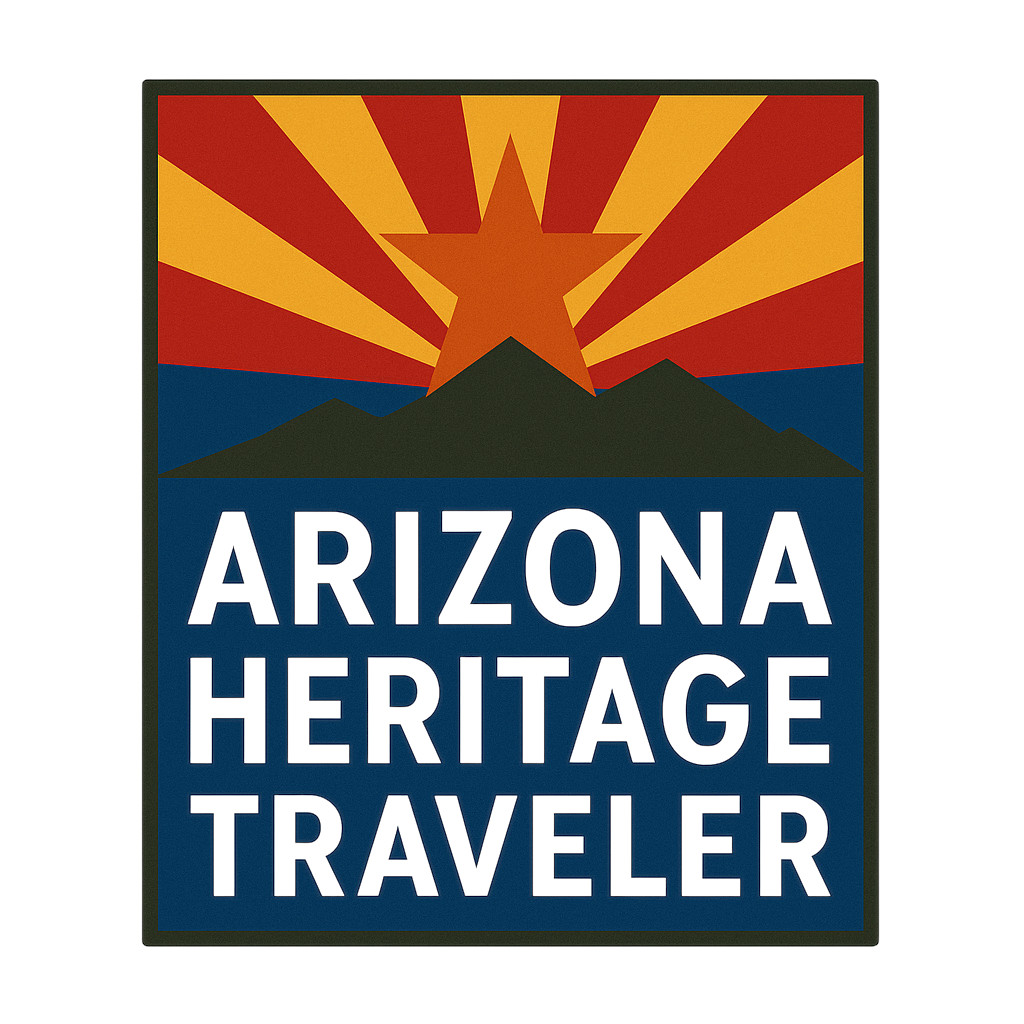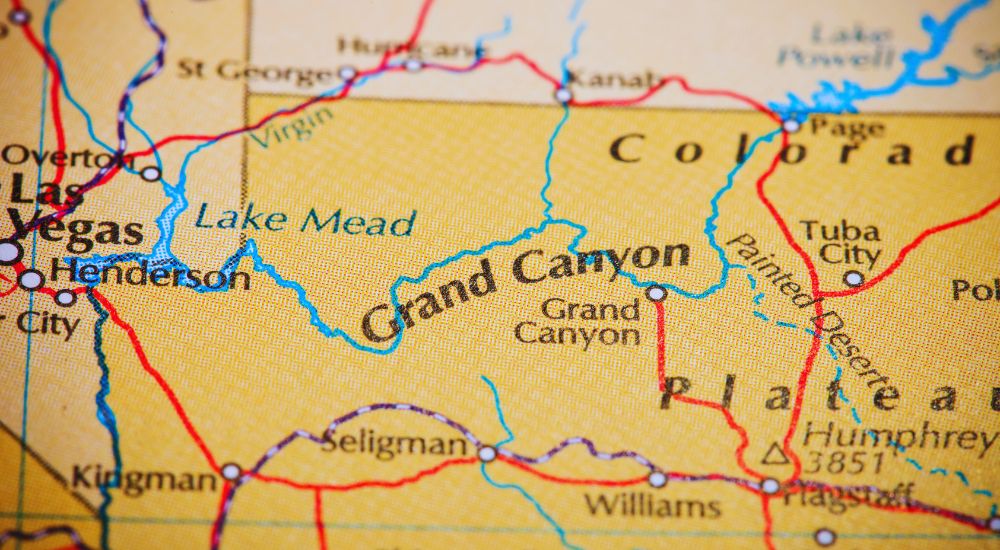The Grand Canyon, a UNESCO World Heritage Site, is one of the most awe-inspiring natural wonders in the United States. Carved by the Colorado River over millions of years, this vast chasm stretches 277 miles long and over a mile deep, showcasing layers of geological history. Whether you’re an avid hiker, a photography enthusiast, or someone seeking breathtaking vistas, the Grand Canyon offers an unparalleled experience.
Best Times to Visit

Timing your visit can greatly enhance your Grand Canyon experience.
Spring (March–May):
Mild temperatures and blooming wildflowers make this a popular time.
Summer (June–August):
Expect larger crowds and hotter temperatures, especially at the canyon’s base.
Fall (September–November):
Cooler weather and fewer visitors offer a more tranquil experience.
Winter (December–February):
Snow-dusted rims provide a unique perspective, though some areas may be inaccessible due to weather.
For detailed seasonal tips, visit the National Park Service’s seasonal guide.
South Rim vs. North Rim


Understanding the differences between the South and North Rims can help tailor your visit.
- South Rim: Open year-round, it’s the most accessible and offers numerous amenities, including visitor centers, lodges, and shuttle services.
- North Rim: Open from mid-May to mid-October, it provides a more secluded experience with fewer crowds and lush forests.
Must-See Viewpoints


The Grand Canyon boasts numerous viewpoints, each offering unique perspectives:
Mather Point:
A popular spot near the South Rim Visitor Center, ideal for sunrise views.
Yavapai Point:
Offers panoramic vistas and geological exhibits.
Desert View:
Features the historic Watchtower and expansive views of the Painted Desert.
Bright Angel Point:
Located on the North Rim, it provides dramatic overlooks of the canyon’s depths.
For a comprehensive list of viewpoints, Visit Arizona’s Grand Canyon guide.
Activities and Adventures



Beyond sightseeing, the Grand Canyon offers a plethora of activities:
- Hiking: Trails like Bright Angel and South Kaibab cater to various skill levels.
- Rafting: Experience the Colorado River’s rapids on guided rafting trips.
- Mule Rides: A unique way to explore the canyon’s depths.
- Helicopter Tours: Get a bird’s-eye view of the canyon’s vastness.
For booking activities and tours, refer to The Canyon’s official site.
Lodging and Camping


Accommodations range from rustic campsites to historic lodges:
- El Tovar Hotel: A historic lodge offering luxury accommodations on the South Rim.
- Phantom Ranch: Located at the canyon’s bottom, accessible via hiking or mule ride.
- Mather Campground: A popular camping spot near the South Rim Village.
Reservations are highly recommended, especially during peak seasons.
Travel Tips

- Arrive Early
- Stay Hydrated
- Dress Appropriately
- Respect Wildlife
For more visitor tips, consult the National Park Service’s planning guide.
Conclusion
The Grand Canyon’s majestic beauty and diverse offerings make it a must-visit destination. By planning ahead and considering the tips above, you can ensure a memorable and enriching experience.

